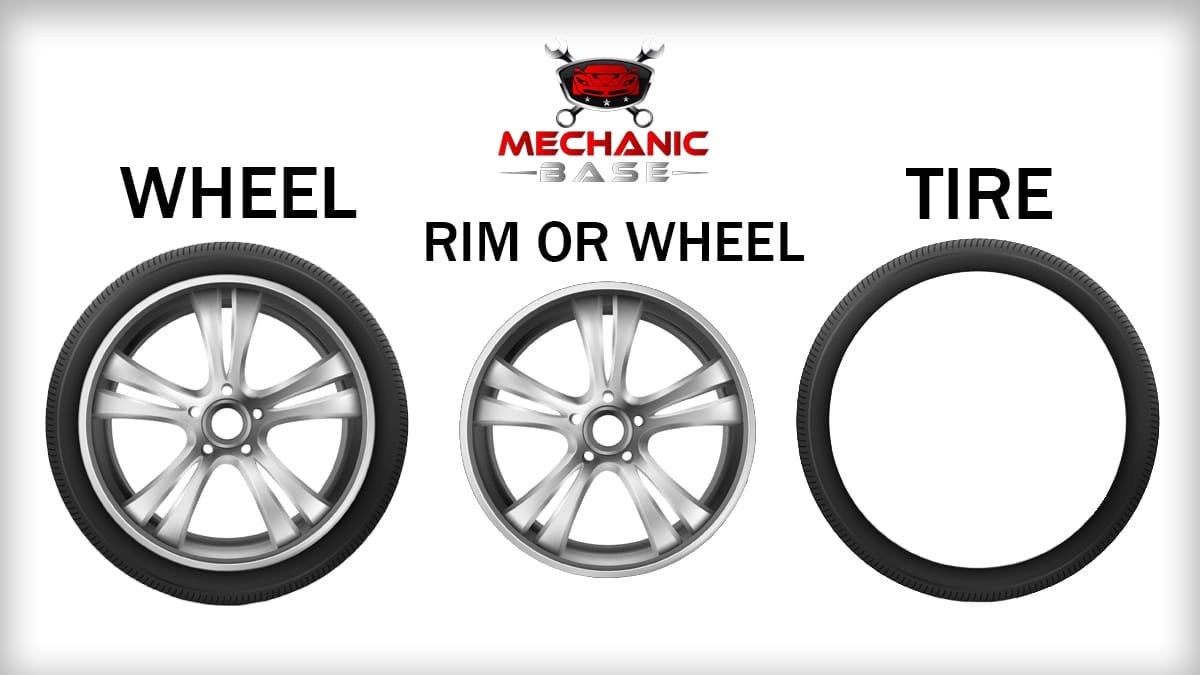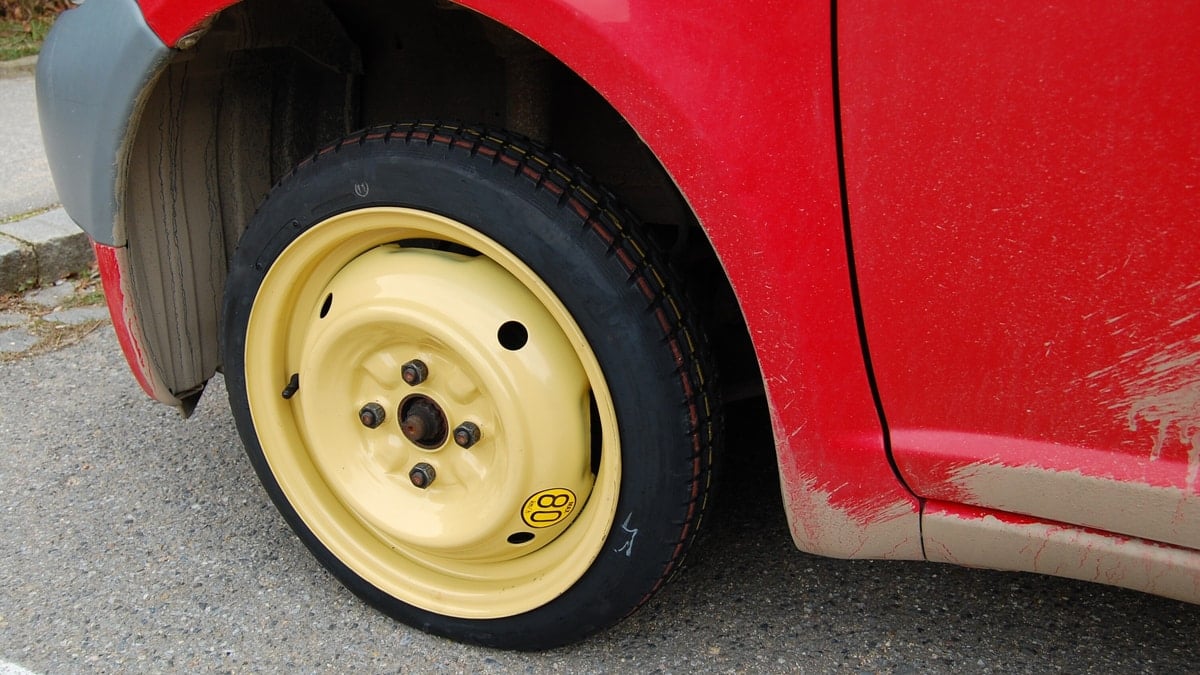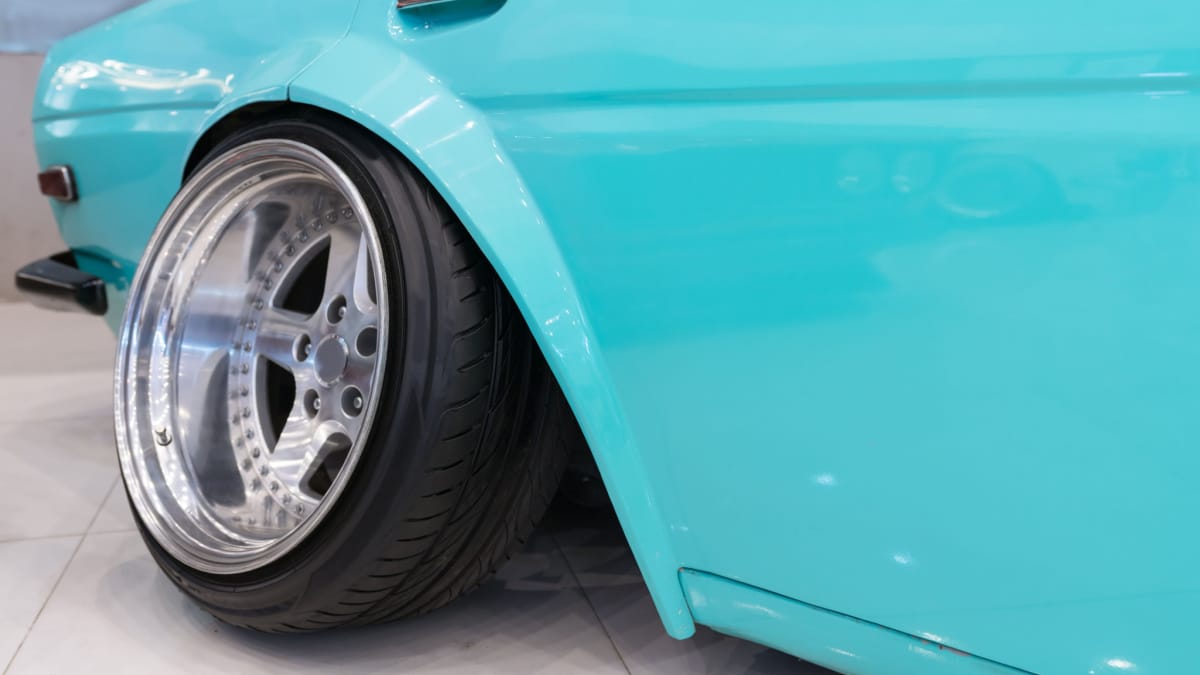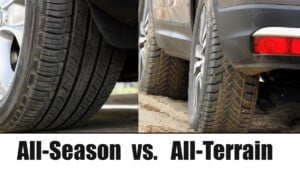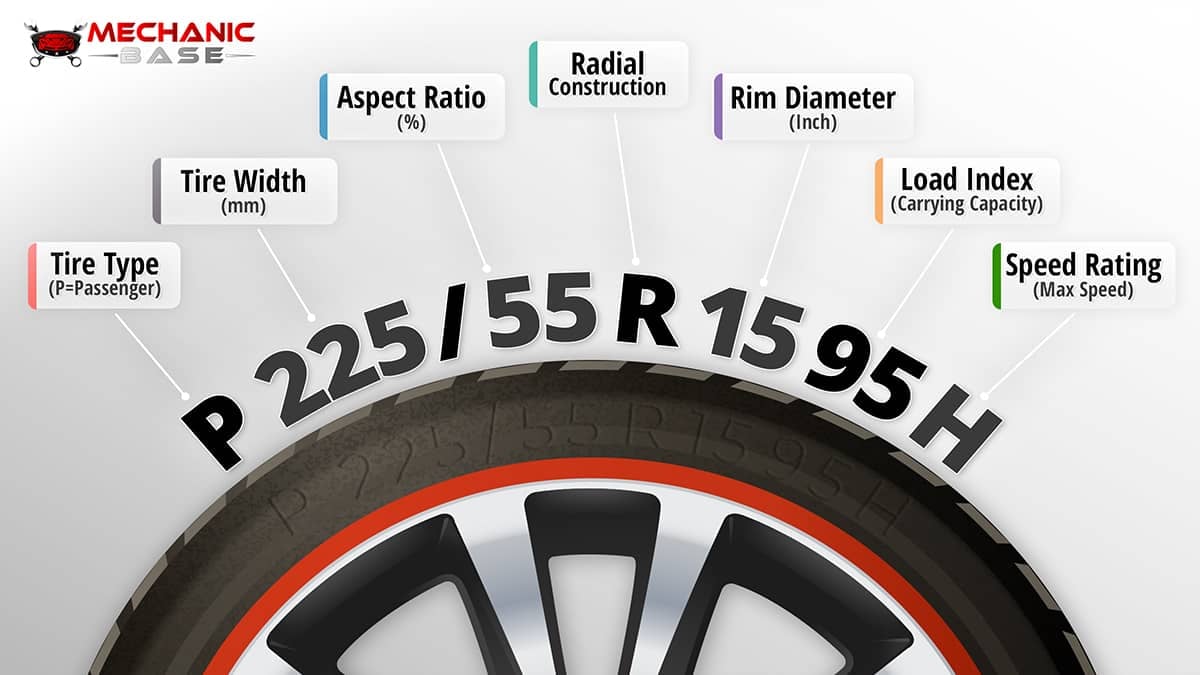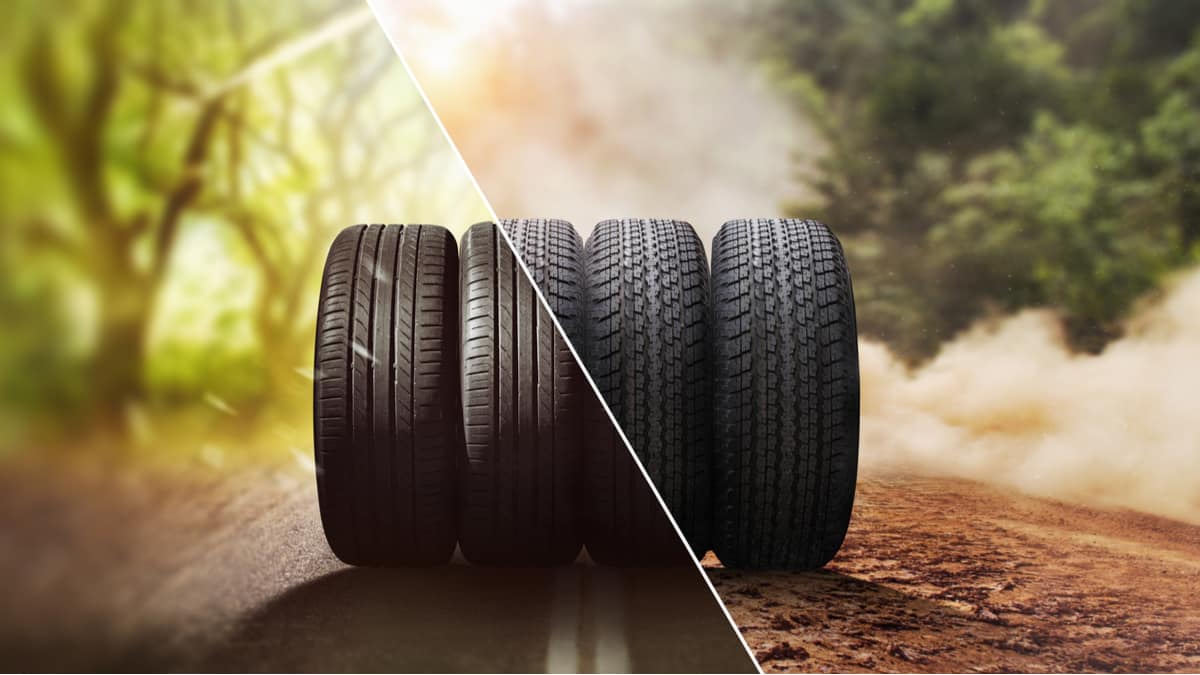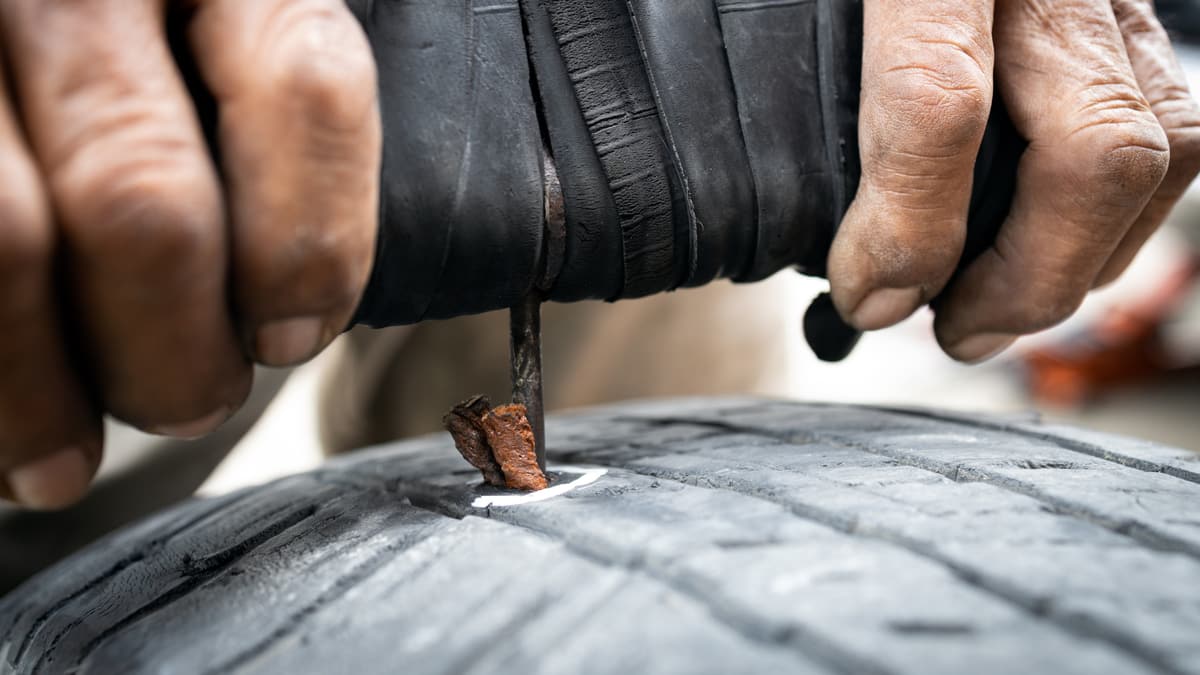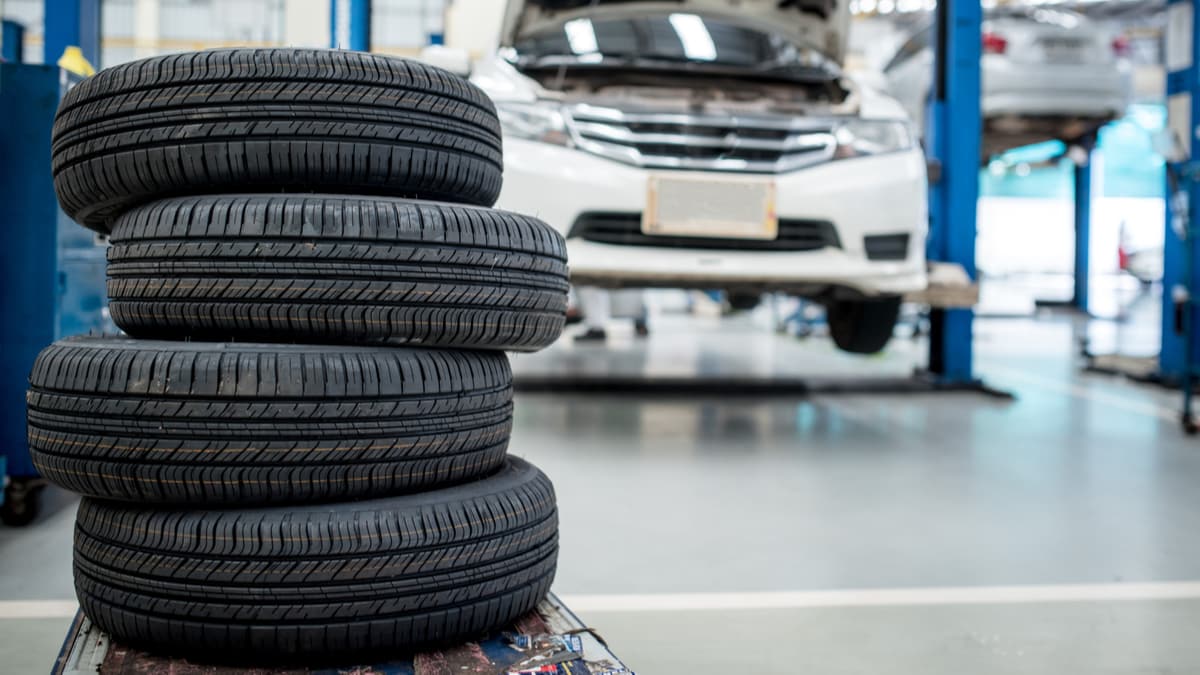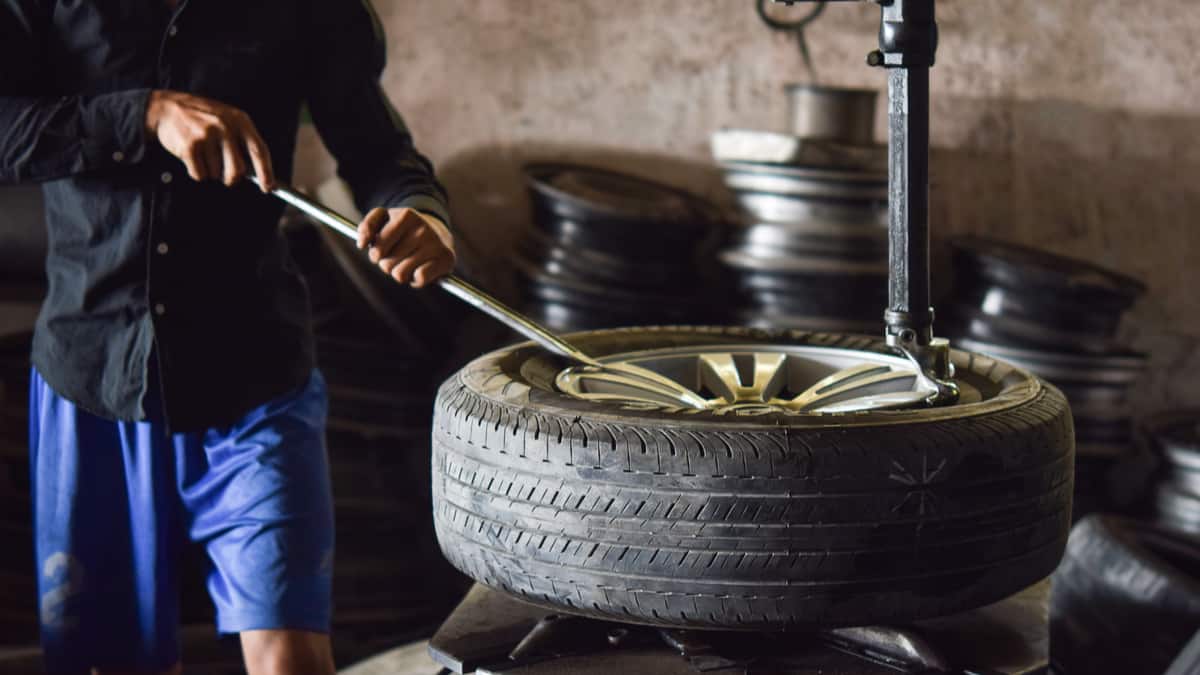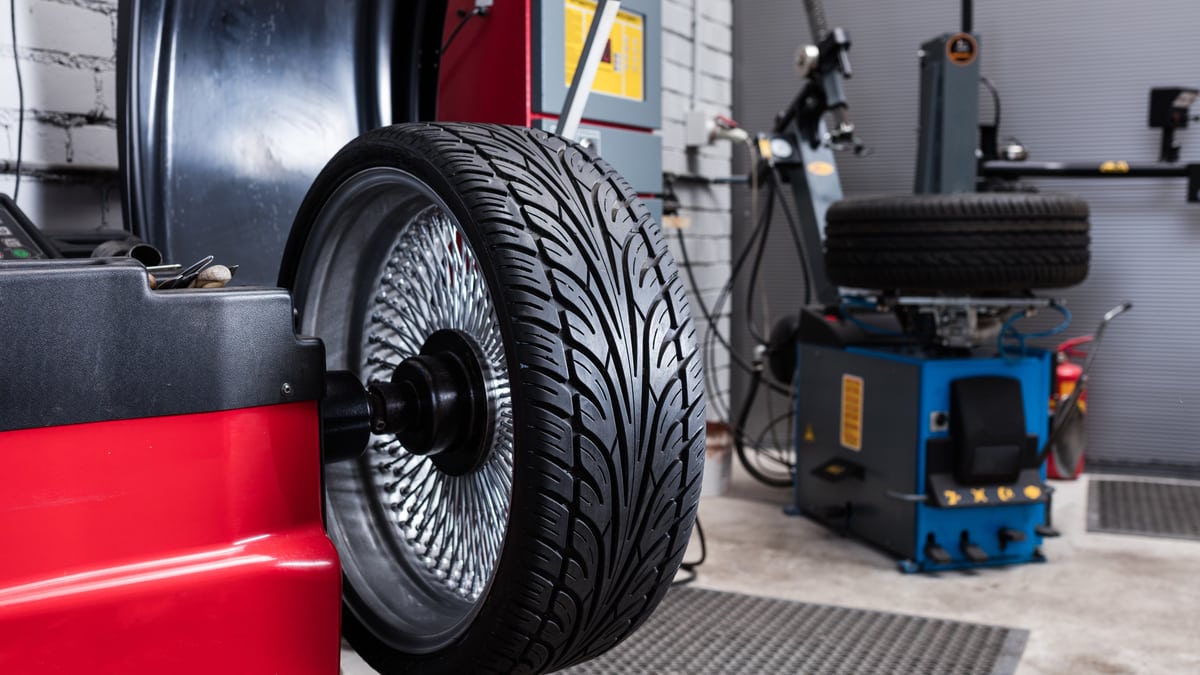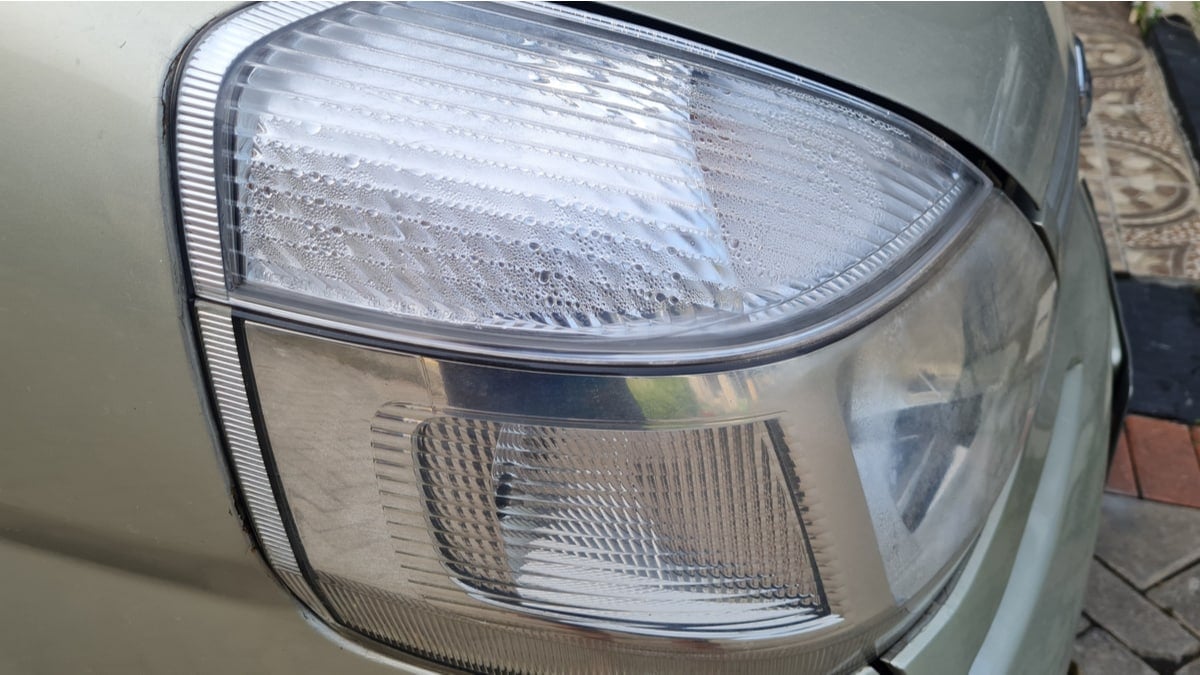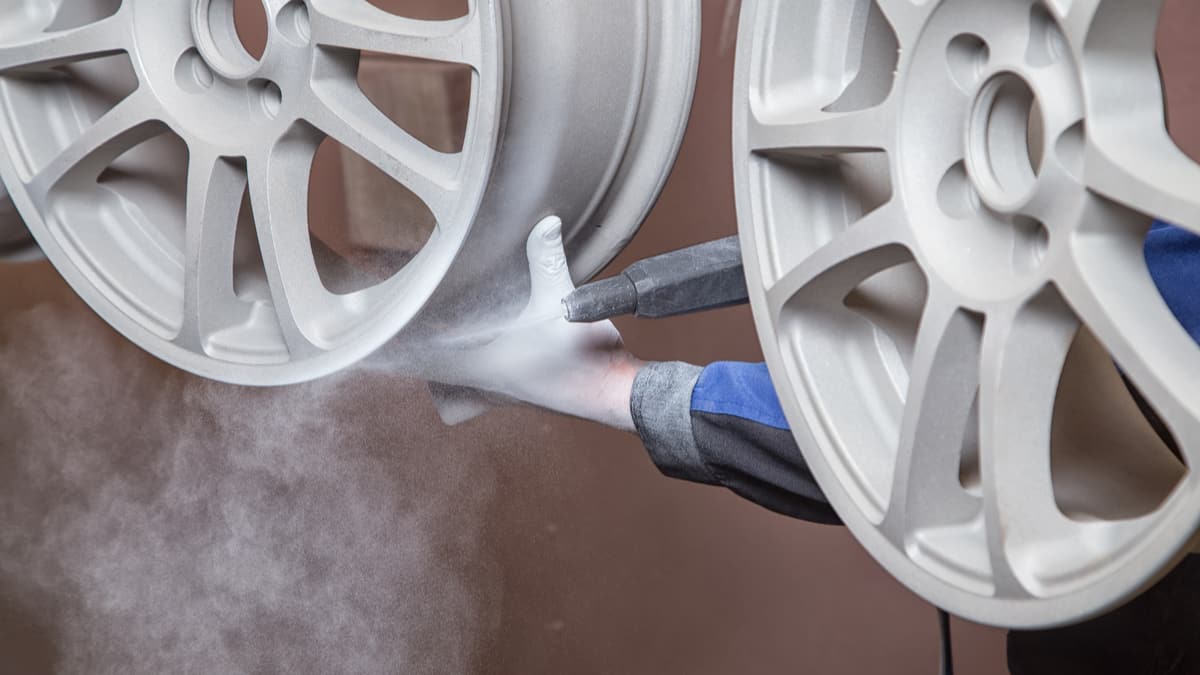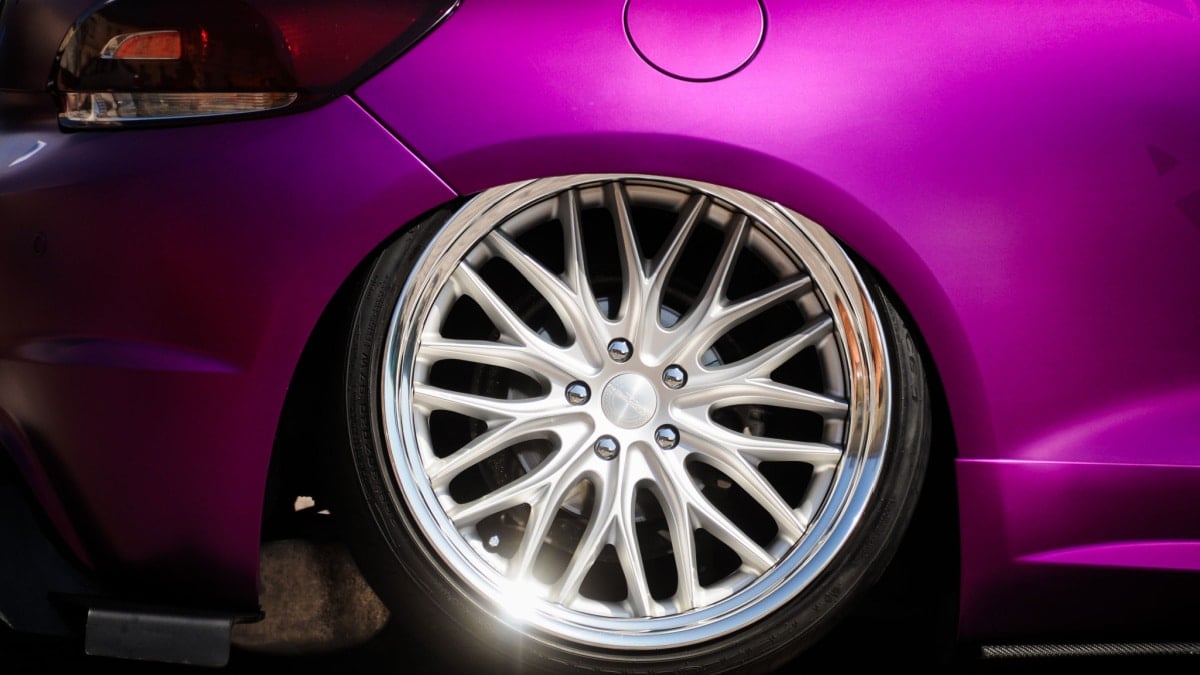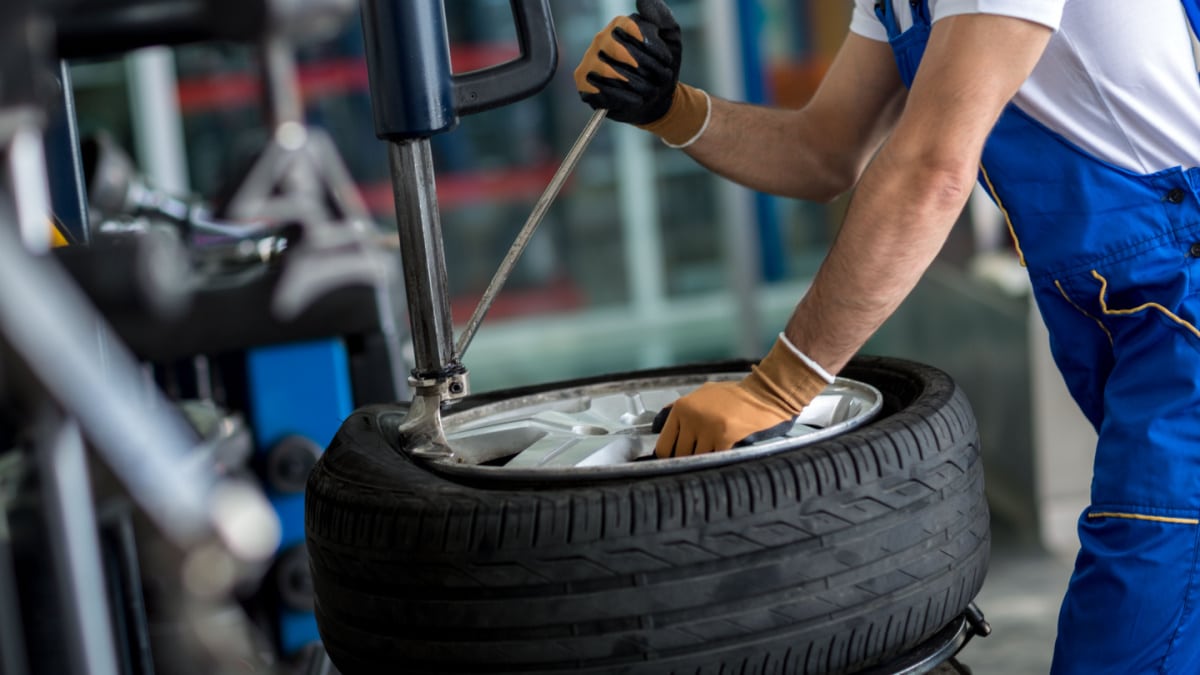People often use the terms wheels and tires interchangeably, but is that the right thing to do? Are tires and wheels the same thing, or are there distinct differences?
In this guide, we look at the differences between tires and wheels. We also cover whether you should purchase your tires and wheels together or separately. At the end of our article, we will offer some practical advice on how to pick new wheels and tires.
Are Tires and Wheels The Same Thing?
No, tires and wheels are not the same. The difference is that the wheels are the metal part that the tire gets installed on top of. The wheel can also be described as the complete assembly of the rim and tire together.
Tires are constructed from rubber, while the rim is metal. Additionally, the rim never contacts the road, but the tire is meant to make contact with the surface at all times.
What are Tires?
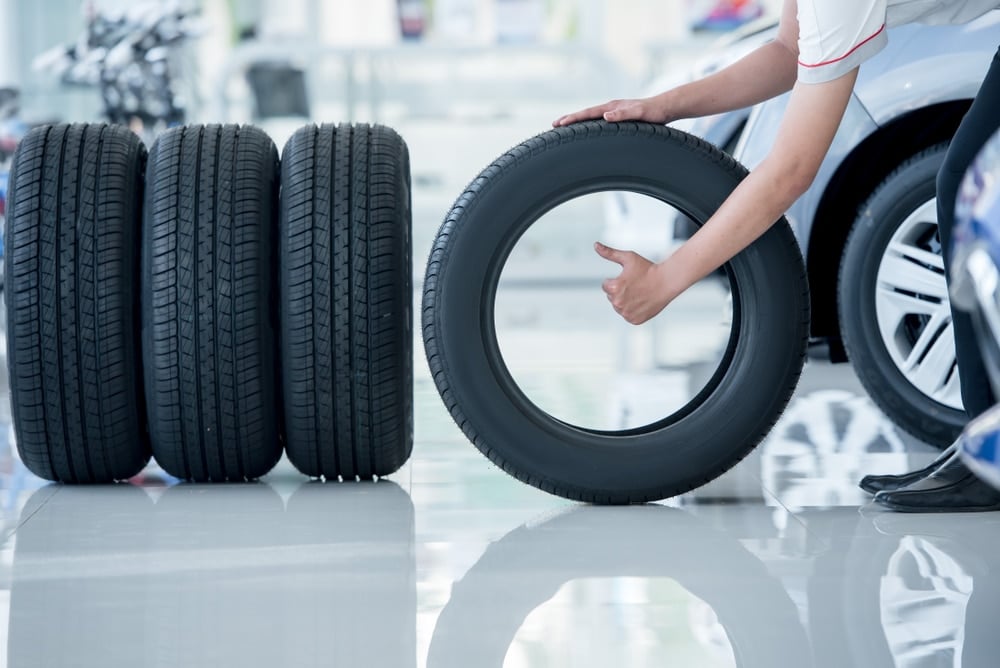
Tires are the rubber part that gets installed over the wheel. The rubber protects the wheel and is responsible for making contact with the road surface. With the right amount of traction, it’s much easier to keep control of the vehicle.
Tires are constructed from the rubber material on the outside, but there’s also some on the inner part where it touches the wheel. However, inside the tire, you will find a steel mesh design that’s sandwiched in the rubber. This design ensures that the tire remains durable and able to handle the stress of the road.
What are Wheels?
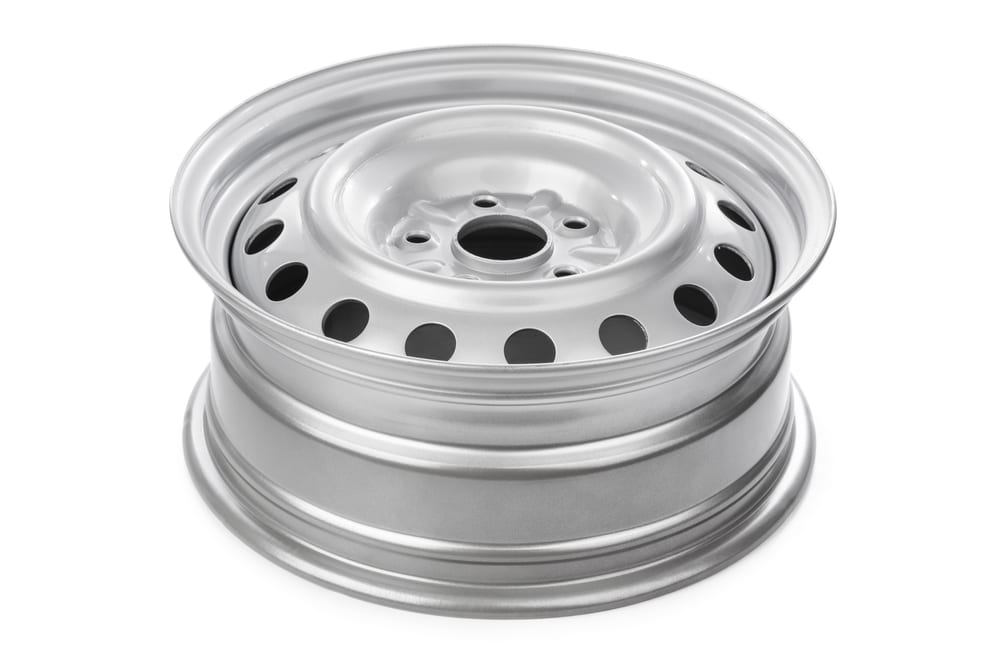
Wheels are constructed from metal, otherwise known as the rim. These rims are connected to the vehicle’s suspension and steering systems. They serve as a frame that holds the tires.
Rims help the car ride its best. With the right wheels, you enjoy a better ride and have more control over the handling. Wheels can also sometimes be referred to as a complete wheel with the rim and tire combined.
RELATED: 6 Worst Tire Brands to Avoid Buying
Differences Between Tires and Wheels
The main difference between tires and wheels is that they refer to two completely different objects. The tire is the black rubber part that is mounted on the rim. The wheel or rim is the metal part that is bolted to the hub of the vehicle.
Here are some other differences between the tire and wheels.
1. Material
Tires and wheels will never be constructed of the same material. Wheels will always be some form of metal, while tires are constructed from rubber.
While these are generic descriptions of what they are made from, there are different types available. We will touch more on that in one minute.
2. Location
It appears that the wheel and tire are one and the same because of how cohesively they work together. However, the two elements are actually separate at a different location.
The wheel mounts on the hub assembly. The tire isn’t mounted to the hub assembly but sits perfectly secure on the wheel itself.
3. Types Available
The biggest difference in types is the size. Without lifting or lowering a vehicle, it’s difficult to change the size of the wheels easily. However, most cars can be outfitted with different tire sizes without too many modifications.
Additionally, tires come in various forms. You can choose summer tires, winter tires or all-season tires, depending on where you live. Additionally, you can opt for special tires, such as mud or all-terrain, if you plan to head off-road at all.
As far as wheels are concerned, most are either alloy or steel. The steel wheels are some of the cheapest to choose from, but they aren’t much to look at. For this reason, most steel wheels get covered up with a plastic wheel cover. These covers help to make the wheels look more like they are created from alloy.
Alloy wheels are becoming more popular. They are constructed from steel alloy, which is a steel and metal mixture. These are more appealing and come in a variety of styles, but they will also cost more than the stock wheels.
4. Function
Wheels and tires might be close together, but their purposes are completely different. The wheel is meant to convert the power coming out of the engine into the spinning force that moves the vehicle.
Tires are required to maintain traction with the road. For this reason, the tire is going to wear out before the wheels. You will be changing tires and rotating them often, but the wheel shouldn’t need to be replaced unless something causes physical damage to them.
5. Cost
It’s not cheap to purchase tires or wheels, yet you are going to need tires more often. The average price of tires can vary between $50 to $250 per tire, depending on the size that’s needed and what type you purchase.
On the other end, you could quickly spend much more to purchase a set of rims, especially if you want something fancy, such as chrome. On the bright side, you shouldn’t need to replace the rims again any time soon, so it’s a much better investment.
Do You Buy Tires and Wheels Separately?
While a car comes standard with wheels and tires, you aren’t normally going to purchase replacements together. Instead, you will want to pick out your wheels and your tires separately.
Most of the time, you need a replacement, it’s only the tires that need to be replaced. The wheels aren’t going to wear out on their own unless a collision has occurred with the metal surface. Still, there are times when you might want to get different wheels, such as when you want to lift the vehicle and put on bigger tires and rims.
Even if you need rims and tires, you may not get a bundled rate for the two. You could also be responsible for paying for the installation on both the wheels and the tires even though it doesn’t require any more labor to do both.
How to Buy Tires & Wheels
1. Size
The biggest factor with new tires or wheels is the size. Your vehicle is only equipped to handle a particular size of wheels and tires. Trying to use something other than what’s recommended is dangerous.
If you plan to upgrade the suspension or lift the vehicle, the size is going to change. Make sure you use the appropriate size for whatever modifications you make.
RELATED: How to Read Tire Size – Tire Number Meanings Explained
2. Brand
You have a lot of brands to choose from when looking at wheels and tires. It’s best to choose a popular brand that is known for creating high-quality products. You want to start by looking at what other customers have to say about the products.
From there, evaluate the warranty protection on either. You want to know that when you pay a premium price, you will be covered against any manufacturer defects.
3. Type
Earlier, we talked about the different types of wheels and tires. You need to think about the type that matters to you when choosing what to buy.
If you need winter tires, it won’t do you any good to have summer tires installed. Additionally, if you are trying to create a show car, you won’t want steel wheels installed.
4. Cost
Your budget is always a top priority when buying any car parts. While it’s important to stick to a budget, the cost shouldn’t be all that you think about.
If you save a few dollars today to get a cheaper set of wheels or tires, what will be the cost later? Better tires and wheels are going to last longer and stand up to more abuse. Therefore, you shouldn’t need to have them changed as often.
Learn more:
Categories: Tires
